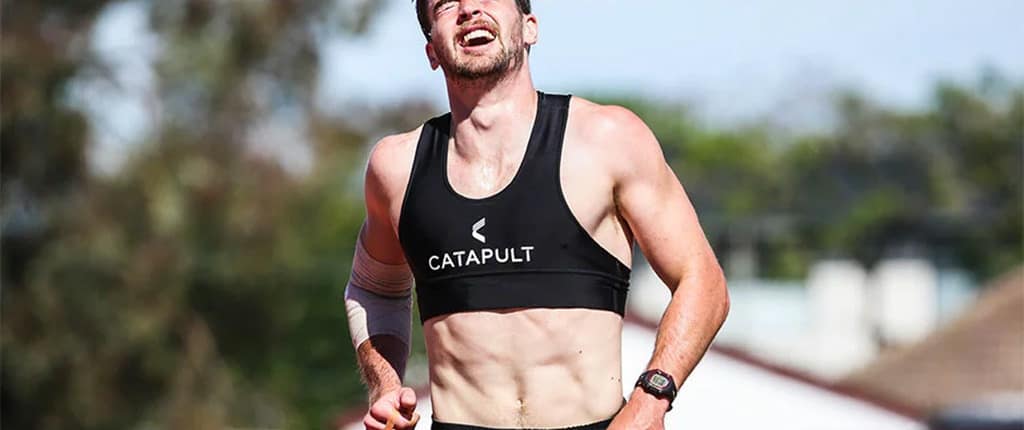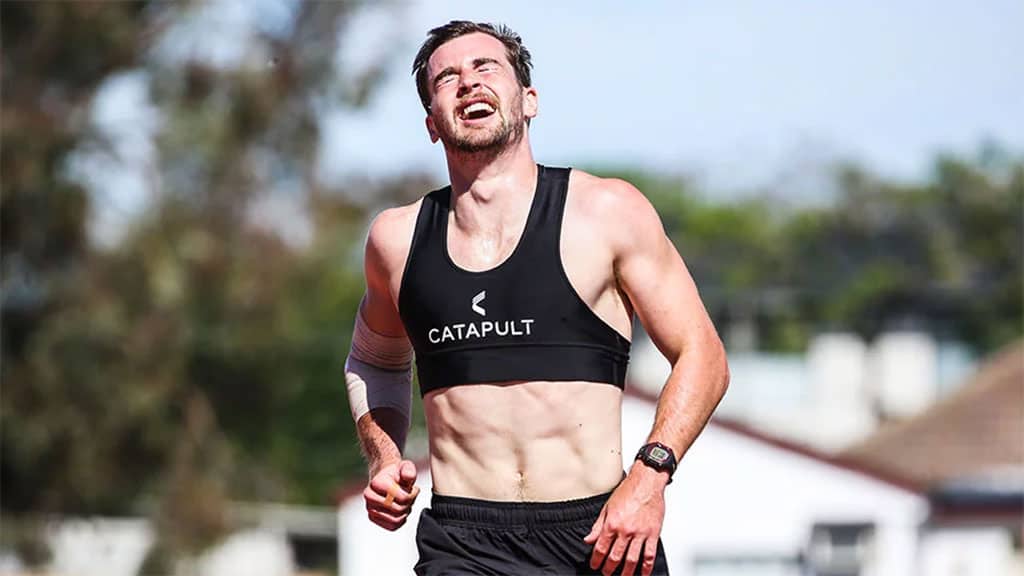Exercising in high temperatures: Tips from the Tokyo Olympics
What is the science behind exercising in high temperatures, and what can be done about it?
Heat training: How to cope when the going gets hot
To say the Tokyo Olympics has encountered some bumps in the road would be somewhat of an understatement. The biggest of these obviously being Covid-19, which sees the Games unfolding with many compromises in place. Early in the Games though another issue was cited as a potential problem for many of the athletes. I’m not referring to the collapsible cardboard beds designed to ‘deter multiple occupancy…’, but the stifling Tokyo summer weather.
At times, the temperatures have risen above the typical July highs of 30°C (86°F), which many have already found difficult to cope with – Norway’s Kristian Blummenfelt, who took gold in the men’s triathlon, though impressively stated that he was disappointed that the race wasn’t hot enough.
But let’s look at why high temperatures can be an issue during exercise, what Blummenfelt and others have done to combat such potential pitfalls and what tips you can take for your own training and competition.

The heat is on
When we exercise in normal conditions our core temperature increases. This increase can quickly reach up to 2°C, which may not sound like much but causes some significant changes in the body. During exercise in warmer environments, our cooling mechanism (sweating) increases. Though this system can be beneficial, it can leave you open to dehydration if you don’t take the right precautions.
Potential dehydration occurs because of two things that happen when we sweat.
- We lose water from our body – this causes our blood to get slightly thicker, which means our heart must work harder to keep it pumping (think of trying to squeeze a pump full of honey compared to water for an extreme example). This makes exercise more difficult.
- We also lose salt that is found in our sweat – this will impact how well our muscles are able to function (and is one of the reasons we get cramp more quickly in the heat).
There are a few things we can do to combat any downturn in performance though.
A balancing act
Firstly, and perhaps most obviously, we need to drink to replace what is lost through sweat. Not only does this maintain our blood volume but it also keeps our sweating, and therefore cooling system, efficient. Initially, make sure you’re hydrated when you start. This is most easily done by making sure your urine is the colour of pale straw.
Then while you’re exercising aim to drink when thirsty. A combination of water, electrolytes (salt) and carbohydrate (sugar) has been shown to be best at maximising fluid uptake. Most sports drinks will provide a balance of these, though lower sugar versions may be better when doing shorter activity where additional energy isn’t required (though that’s a blog for another day!).
Make sure you drink it though. A friend once told me of an elite marathon runner who picked up his bespoke formulation while racing and promptly poured it over his head. I’m confident the bees enjoyed it more than he did!
Comfort in discomfort
One training technique employed by athletes who are soon to compete in hot environments is to train in similar conditions during the build-up. This can come from exercising somewhere warmer or by experiencing it artificially using things like heat chambers. Physiologically, this trains our body to sweat more, which aids cooling. It also leads to increased blood volume to allow the heart to cope better once sweat rate increases.
This links back to Blummenfelt’s bold statement about Japan not being hot enough. Being from Norway, his team knew they needed to address the heat and opted for training in Yokohama in the build-up to the race to reduce the shock he experienced during the big day. GB Hockey have also cited use of heat chambers as one of their secret weapons in being prepared for the heat. They’ve in fact said they feel so well prepared that they no longer see the weather as an issue.
Put it on ice
Finally, having considered how we can adjust our physiology during the lead-up to competition, the next step is to keep that rising core temperature at bay when we compete. Drinking more to replace sweat and improving our sweating ability is great in dry heat. But in the 80+% humidity of Tokyo, the evaporation of sweat, which is the bit that actually keeps us cool, can be difficult.
The science here tells us that we want to reduce our temperature as much as possible before we start, this allows us greater room for our internal thermometers to increase once we start working. GB Rowing are reported to be using ice vest and bracelet technology to create this gap in temperature.
Research review: Does aerobic fitness help beat the heat?
For us this can be as simple as placing our hands into cold water before we compete. Our hands have a very high surface area so make them perfect for rapid cooling using a technique like this. Similarly, cooling strategies during our events as we saw in the triathlon where athletes were sprayed with cold water and given cold bags to put on their pulse points can help.
Take homes
Admittedly, most don’t have the luxury of moving their training or competition venue to cooler climates as they’ve done with the race walking and marathon – although it’s still 28°C (82°F)! Nor are they able to move events to a 6:30am start time as they did in the triathlon (difficult to convince your Sunday league manager potentially).
But by following some of the key messages above from the pros, you can increase your tolerance to heat, reduce drops in performance and increase your internal temperature gap over the competition.
- D. Massey, J.J. Schwind, D.C. Andrews and M.W. Maneval. An Analysis of the Job of Strength and Conditioning Coach for Football at the Division II Level. Journal of Strength & Conditioning Research. 23 (9). 2009.
- Szedlak,M.J. Smith, M. C. Day and I.A. Greenless.Effective behaviours of strength and conditioning coaches as perceived by athletes. International Journal of Sports Science and Coaching. 10 (5). 2015.
- N. Radcliffe, P. Comfort and T. Fawcett. The Perception of Psychology and the Frequency of Psychological Strategies Used by Strength and Conditioning Practitioners. Journal of Strength and Conditioning Research. 27 (4). 2013.
- Kerr. Legacy. Constable: London UK, 2013.
- Triplett and G. Haff. Essentials of StrengthTraining and Conditioning. Fourth edition. Champaign, IL: Human Kinetics, 2016.



